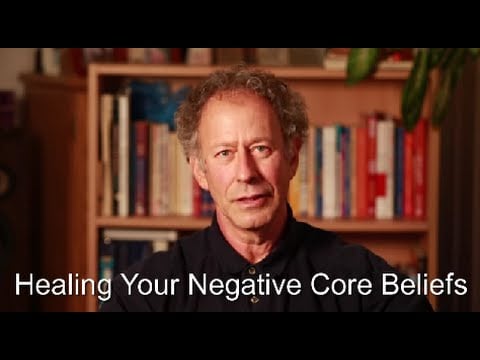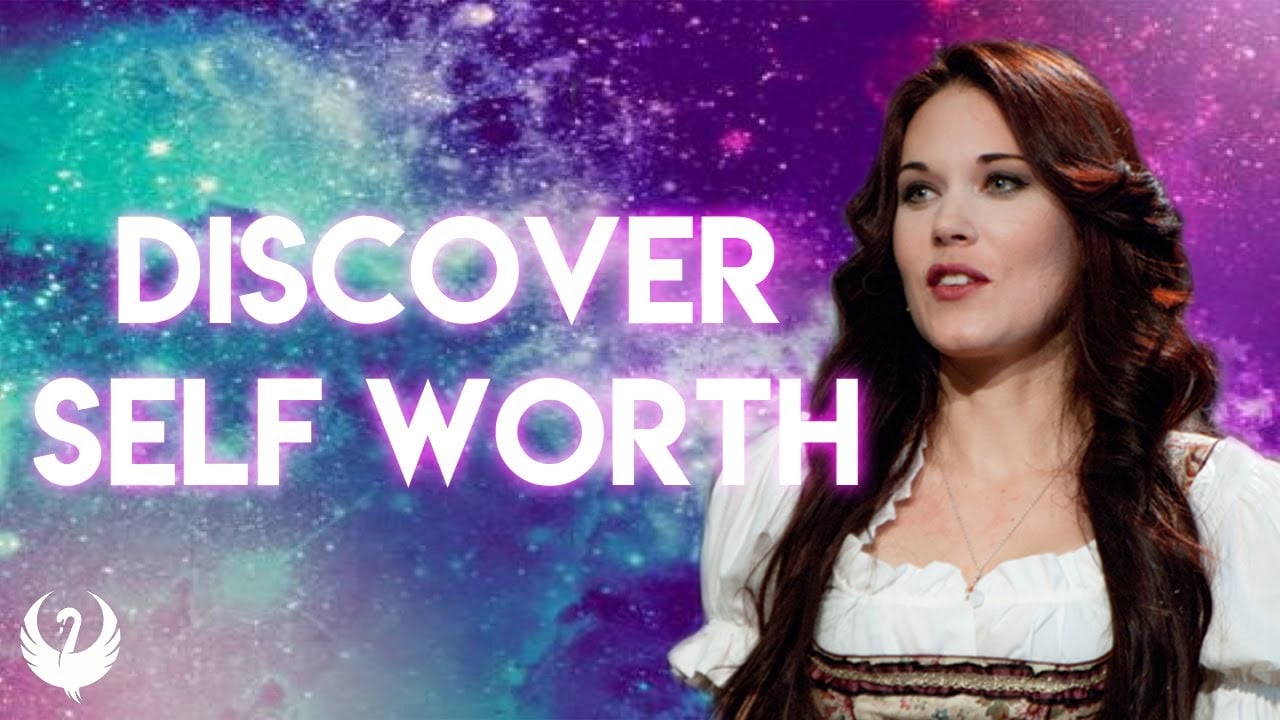“Man is a make-believe animal –he is never so truly himself as when he is acting a part” ~ William Hazlitt
The mask of who-we-thought-we-were is fading away like smeared makeup across the face of humankind. What we are left with is our true face, disoriented and staring agape into an infinite reality that dwarfs us. Our collective unconscious is forced to gaze into the vast nothingness of the abyss.
This is an anthropic existential crisis, spanning the entire leitmotif of human evolution. Forcing us to ask what it means to be human. What we’re finding is that we have no answers, only questions. And that’s okay, because “answers” have proven, historically, to be more of a stumbling block than anything else.
But, and here’s the rub, a wound needs a band aid just as surely as a naked soul needs a mask. It’s a fiery, infinite, uncompromising cosmos out there, and we are but tiny, finite creatures that must compromise with it or perish. We need our masks as much as we need each other. And so it behooves us to get better at donning (and discarding) them.
The metaphoric usage of masks, Jamake Highwater says, is “one of the central ways by which humankind ritualizes experience and gains personal and tribal access to the ineffable… the unspeakable and ultimate substance of reality.”
The interesting thing about masks is that they are intermittently a question and an answer, depending upon one’s disposition. If we use the word “mask” as a metaphor for the inner spiritual being, projecting outward that which only lives inward, then it is being used as a kind of psychosocial symbolic question.
If we use it as a means of concealment, or as the Oxford English dictionary cites: “To be or go about in disguise; to hide one’s true form or character behind an outward show,” then it is being used as a kind of psychosocial “answer,” more or less symbolic.
The worst thing we can do is remain stuck in a particular mask. The best thing we can do is gain the capacity to perceive the world through a multitude of masks.
This article will go into five reasons why you may be stuck between the former and the latter, and signs that your mask may be wearing you, instead of you wearing it.
1) Your mask makes you rigid and dogmatic
“A wise person is full of questions. A dull person is full of answers.” ~ Paulo Coelho
A clear sign that your mask may be wearing you is if all the conditioning you’ve received is contained in a single way of seeing the world. This mask was handed to you at an impressionable age. It’s bright and shiny, and when you’re wearing it, which is almost always, you feel as though you have all the answers.
It has been sewn into your character to such an extent that your soul buckles beneath it, desperate to ask questions that “should not be asked.” And if you should happen to ask these questions, then the mask makes you feel guilty and blasphemous or worse.
This mask is a representation of a single way of seeing the world, whether cultural or religious or political. When you wear it, it makes you feel strict and inflexible.
It forces you into a state of extremism. Where your faith in the “answers” that the mask provides, validate themselves.
Even despite an ever-changing, ever-evolving society and cosmos. And since you are never “allowed” to question this one-true-mask, that must be conserved at all costs, you are never able to evolve in any progressive way. You’re spiritually stuck. And since it will take a tearing away that may destroy you, you choose to leave it on, clinging to comfort out of fear of the unknown.
2) You’re unable to put yourself in another person’s mask
“To be free is not merely to cast off one’s chains, but to live in a way that respects and enhances the freedom of others.” ~ Nelson Mandela
When you are unable to even imagine yourself donning another mask, you cling to your mask for dear life. You are so attached to your particular mask that all other masks look like mirrors of your own.
You’re unable to genuinely see another person because your “one-true-mask” has made you indifferent toward others. Any authentic sense of compassion is unknown to you. Your rigidness has left you in a state of blind narcissistic apathy.
Even when you imagine that you are capable of putting yourself in another’s shoes, your mask is still there blazing perfectly in the imperfect universe. But little do you know, it is precisely the opposite. Your mask blinks imperfectly within a perfect universe. And that should be okay. But you won’t allow it to be.
You want so bad that your one-true-mask be perfect, that you’re willing to maintain it to the nth degree. Cognitive dissonance always eventually kicks in to keep you safely behind your mask, and out from behind the scary unknown masks of others.
3) You’re easily deceived by what your mask represents
“Life is the art of being well deceived; and in order that the deception may succeed it must be habitual and uninterrupted.” ~ William Hazlitt
When your mask is wearing you, instead of you wearing it, then it can be likened to a kind of personalized Matrix (like the movie). You don’t question the matrix. It’s all you know. You’re content to be blissfully ignorant. Even if you can’t admit it to yourself, or to others. Because not being blissfully ignorant means being painfully knowledgeable, and that’s scary.
If your “one-true-mask” has a color it is blue, and all the other masks are red. It’s okay that your mask is blue, but it’s not okay if you think all masks must be blue. In your naiveté, and your inability to question your own mask, let alone question the masks of others, you may even imagine that all masks are blue, or should be. Hence your deception.
Like the red and blue pill in the Matrix, your one-true-mask is the blue pill, and your capacity to try on another mask is the red pill. Without this capacity you’re simply taking the blue pill every single day.
You can say all you want “I’d rather be slapped with the truth than kissed with a lie,” but until you’re able to take off your mask and try on another, then you’re just kissing yourself with your own lie. Tear that one-true-mask off, and then you’ll really feel what it means to be slapped with the truth.
4) You have yet to learn the importance of Non-attachment
“Although I know it’s unfair I reveal myself one mask at a time.” ~ Stephen Dunn
Maybe you’ve tried taking off your one-true-mask. But when reality bites you silly with the truth, you ran back to its comfort and security. The thing is, even if you take off your one-true-mask, there is always just another mask. A second-true-mask, if you will. Indeed. It’s just masks all the way down.
The human condition is a multilayered, multifaceted phenomenon. The fear you feel between masks is completely natural.
It’s the infinite impermanence of all things crashing down on your finite need for permanence, and your desperate need for answers. The key is not to cling – to an answer, to a mask, to whatever. The key is to let go.
Flip the tables on fear by practicing non-attachment. Before you know it you’ll overcome your attachment to your mask and thus attain a heightened perspective. With enough practice and meditation, you’ll be discarding masks as easily as you exhale.
The trick is to use your mask as a tool toward emboldening what’s hidden within, instead of being a tool to the dogmatic pretense of the mask. Once you can see the use of such a tool, it opens up a whole new world of mask-wearing and it revolutionizes your sense of self.
5) You don’t realize the importance of donning (and discarding) multiple masks
“There are people in this world who can wear whale masks and people who cannot, and the wise know to which group they belong.” ~ Tom Robbins
The raison d’être of the mask is transformation. The wise know this. And if your mask is wearing you, instead of you wearing it, then you don’t know this. When you stick to just one mask there is only one “transformation,” which is actually indoctrination.
It’s only when you are able to “break” the first mask, to let go of the one-true-mask, and feel the pulsing uncertainty of all things as you reach for another mask, that you can honestly say you have gone through an authentic transformation.
Crutches have utility but only insofar as they assist with what needs mending. Similarly, masks have utility but only insofar as they embolden what’s beneath. And both have far more utility in dust.
There’s as much power in discarding our masks as there is in donning them. And so the most important mask to break is the first one. Most people live their entire lives without doing so, conditioned by the singular pretense of just one mask.
According to Joseph Campbell, “masks touch and exhilarate centers of life beyond the reach of vocabularies of reason and coercion and point directly to a relationship between two terms, the one empirical, the other metaphysical; the latter being, absolutely and forever and from every conceivable human standpoint, unknowable.” And that’s okay.
But here’s the thing: underneath everything you see, everything you know, even beyond what you can currently imagine, there lies another reality; one uniting all hitherto disconnected aspects of reality, all hitherto divided cultural movements.
It’s an interdependent mask, a revolutionary mask of self-overcoming, attainable only through donning and discarding, through self-interrogation and questioning things to the nth degree, through struggle: The Mask of Enlightenment.
It is the accumulation of all masks. It is chameleon-like, and its faces are infinite. It represents the pretense of mankind’s need for control, but it is worn in absolute mockery of such pretension. It is broken and broken often, but it is always in the process of reforming.
While wearing the mask of enlightenment, you realize that self-assertion is but one side of the same coin shared by self-negation. Wearing this mask, you understand that there’s an inherent contradiction (hypocrisy) at the core of the human condition which cannot be ignored, and so you do not. Instead, you honor it by laughing at it with a humor of the most high.
The mask of enlightenment represents the “face” of truth, but it is always recognized for what it truly is: nothing more than a mask for an animal that has “gone through the motions” of seeking answers to the meaning of life, but ultimately failing. It is a symbol, a justification for a life questioned to the nth degree.
But its power is based in its transmutable nature. In its roots of creative rebellion. In its having been carved from the philosopher’s stone (brain). In its having been born from the poet’s womb (heart). The mask of enlightenment carries the visage of eternal laughter. And, other than the one-true-mask, it is the most important one to break.
Image Sources:






















